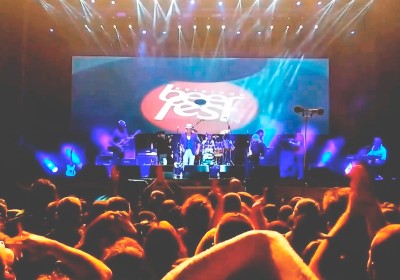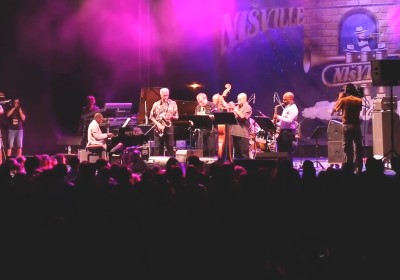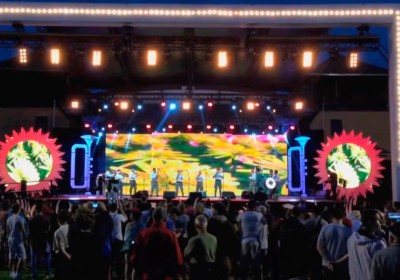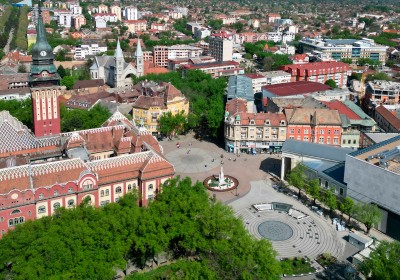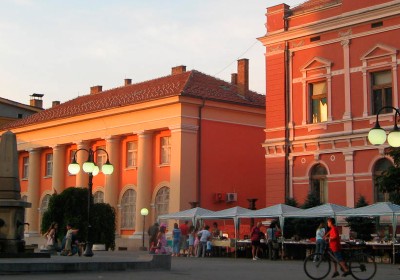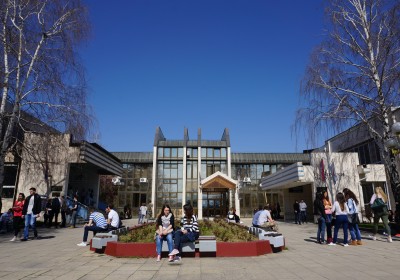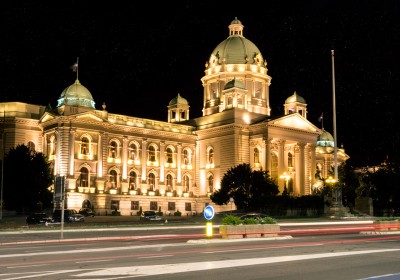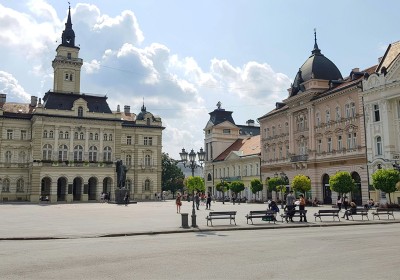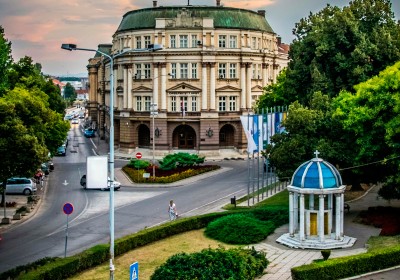Novi Sad: A City of Culture and Beauty
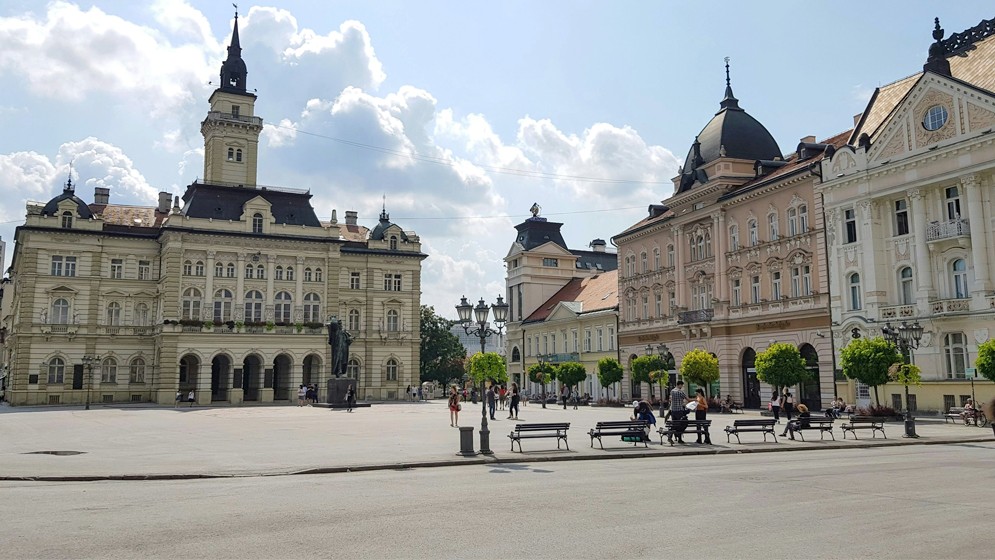
1. Liberty Square in Novi Sad
Novi Sad, the second-largest city in Serbia, is the administrative seat of the Autonomous Province of Vojvodina. Nestled on the banks of the Danube River, near the Danube-Tisa-Danube Canal system, this vibrant city is known for its relaxed, stress-free atmosphere, which sets it apart from many bustling European metropolises. With a population of around 370,000, Novi Sad offers a unique blend of cultural diversity and historical depth, making it an appealing destination for travelers seeking a mix of old-world charm and contemporary life.
Founded in 1694 by Serbian merchants who were not allowed to settle in the nearby Petrovaradin Fortress, a strategic Habsburg military post, Novi Sad quickly grew into an important trading hub. By the 18th and 19th centuries, it had become a center of Serbian culture and education, earning the nickname “Serbian Athens.” This legacy of cultural significance is evident today in the city’s numerous educational and cultural institutions, such as Matica Srpska, the oldest cultural-scientific institution of Serbia, which moved from Budapest to Novi Sad in the 19th century, further cementing the city’s status as a hub of Serbian intellectual life.
Unlike many European cities, Novi Sad offers a more relaxed pace of life. This laid-back atmosphere, combined with its rich history and cultural significance, makes it an attractive destination for travelers. The city has faced challenges throughout its history. However, Novi Sad has shown remarkable resilience, rebuilding and restoring itself each time.
For visitors, Novi Sad is conveniently located just an hour’s drive from Belgrade, making it an ideal day trip destination. Recent improvements in transportation have made the city even more accessible. In 2022, Serbia opened a renovated railway line connecting Belgrade to Novi Sad. It is the fastest way to get from Belgrade to Novi Sad and it takes about 1 hour. The nearest airport is Belgrade’s Nikola Tesla International Airport, located 80 km away, providing easy access for international visitors.
Key Attractions in Novi Sad
Novi Sad, known for its unique blend of history, culture, and natural beauty, offers a range of attractions that cater to all types of travelers. From impressive fortresses and charming streets to lush parks and significant cultural institutions, the city is full of places worth exploring. Here are the top ten attractions that you shouldn’t miss when visiting Novi Sad.
1. Petrovaradin Fortress
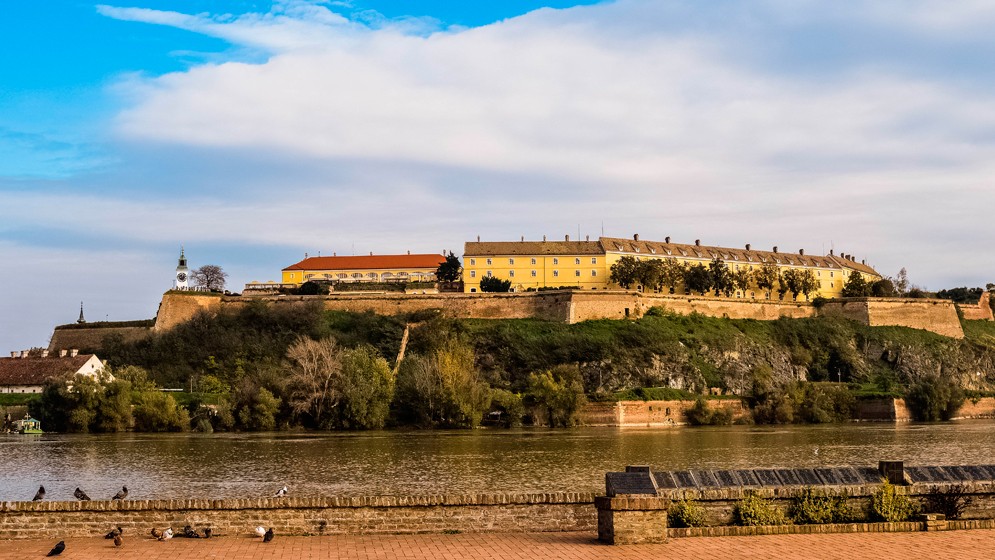
2. Petrovaradin Fortress
Petrovaradin Fortress is undoubtedly one of the most iconic landmarks in Novi Sad and a must-see for any visitor. Originally built by the Austrians in the 17th and 18th centuries as a military fort to defend against Ottoman invasions, the fortress is one of the largest and best-preserved in Europe. It offers breathtaking panoramic views of the Danube River and the city from its famous Clock Tower, which has a unique feature where the larger hand indicates the hours and the smaller hand shows the minutes. Today, the fortress is a cultural hotspot, home to the EXIT Festival, one of Europe’s largest and most renowned music festivals. The fortress’s underground tunnels, museums, and art studios provide a captivating mix of history and contemporary culture, making it a prime attraction for both history buffs and music lovers.
2. Liberty Square
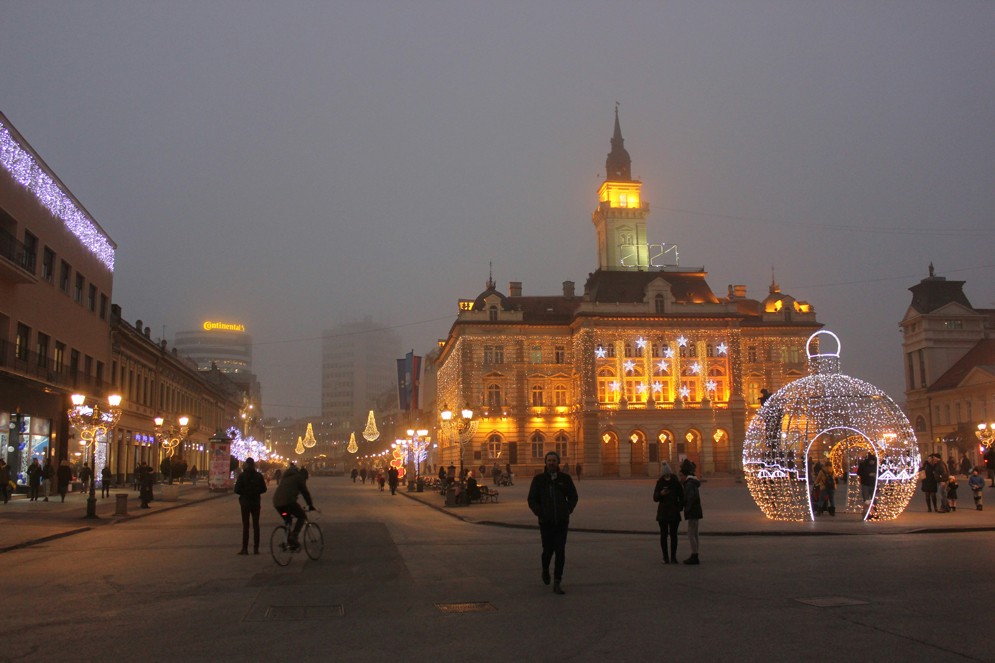
3. City Hall at Liberty Square
Liberty Square, or Trg Slobode, is the heart of Novi Sad and a central point for exploring the city. Built in the 18th century, this expansive square has always been a significant site for public gatherings and celebrations. It is surrounded by beautiful architecture, including the grandiose Town Hall, built in a neo-Renaissance style, and the impressive neo-Gothic Church of the Name of Mary. The square is not only a historical and cultural landmark but also a vibrant social hub where locals and tourists alike gather to enjoy street performances, markets, and festivals. A visit to Liberty Square offers a perfect starting point to get a feel for the city’s spirit and energy.
3. The Name of Mary Church
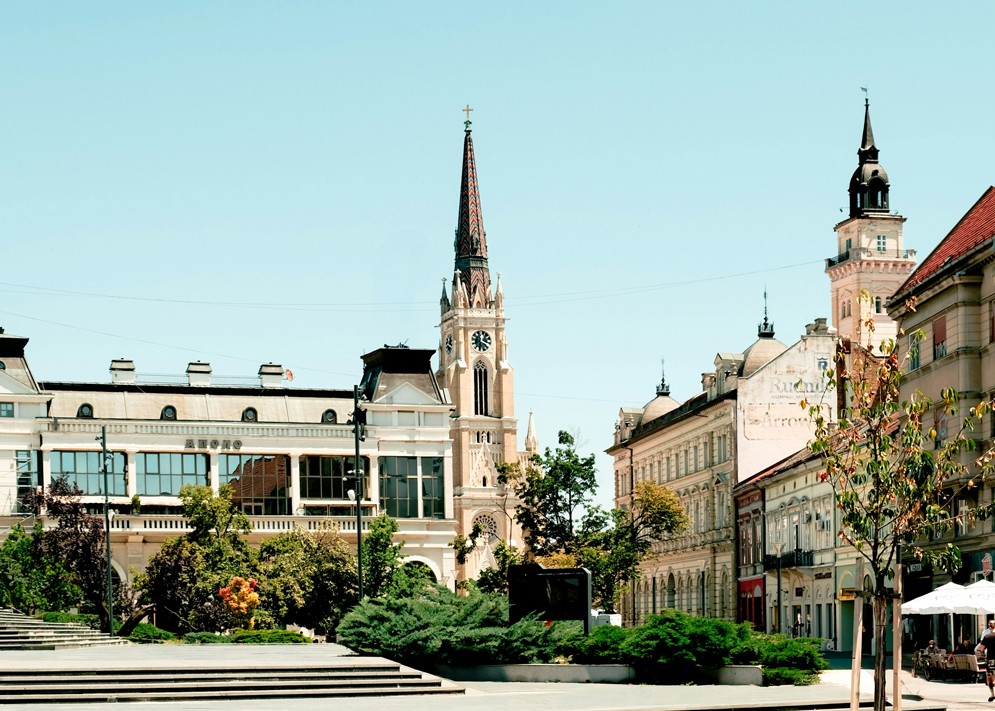
4. St. Mary's Cathedral at Liberty Square
Located on the opposite side of Liberty Square, the Name of Mary Church stands out as one of Novi Sad’s most beautiful architectural achievements. Built in 1895, its 72-meter-high tower dominates the city skyline. The church features beautiful stained-glass windows crafted by Czech and Hungarian masters, an altar made of Tyrolean wood, and a roof covered with distinctive Zsolnay ceramics from Hungary. As the tallest building in the city, it is a key landmark that adds to the skyline of Novi Sad. Visitors often find themselves drawn to its serene atmosphere and the opportunity to admire the artistry and craftsmanship of this historic structure.
4. Dunavska Street and Dunavski Park
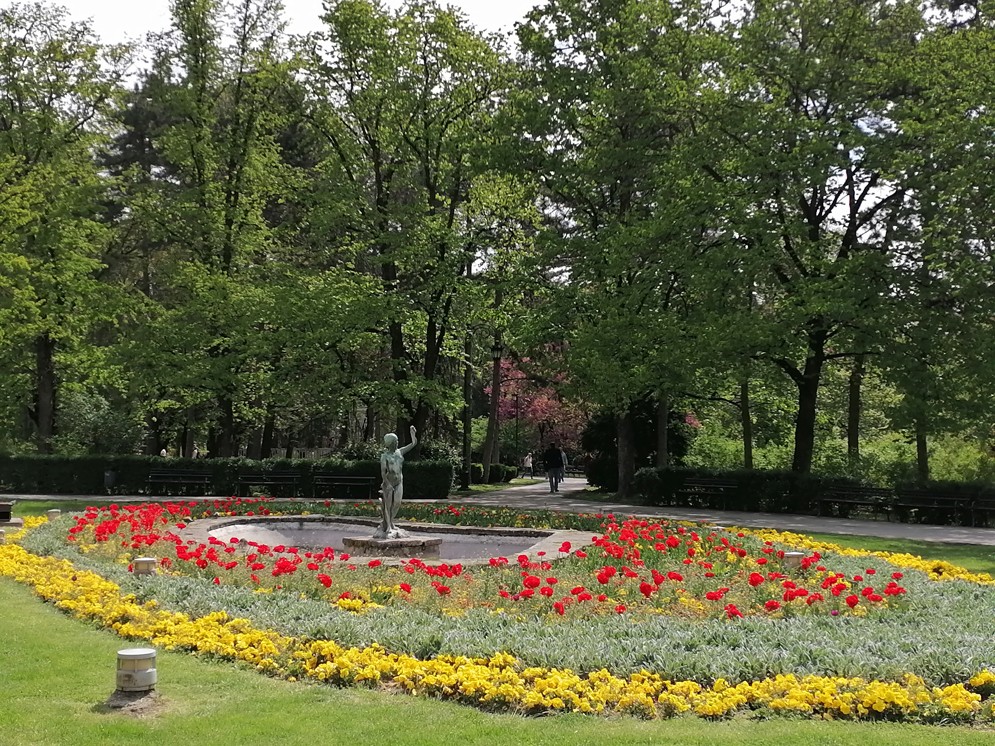
5. Dunavski Park
Dunavska Street, the oldest street in Novi Sad, is a charming blend of history and local culture. Lined with quaint single-floor houses, boutique shops, and cozy cafes, it captures the essence of the city’s laid-back lifestyle. A leisurely walk down Dunavska Street leads to Dunavski Park, the oldest and most picturesque park in Novi Sad. Established in the 19th century, the park is a peaceful oasis filled with lush greenery, a small lake with an island, formerly known as Erzsébet Island, and notable sculptures, including a fountain nymph by Djordje Jovanovic, Serbia’s first educated sculptor. Monuments of famous Serbian poets such as Djura Jakšić, Branko Radičević, and Miroslav Antić also adorn the park, making it a perfect spot for relaxation and reflection amidst nature and culture.
5. Museum of Vojvodina
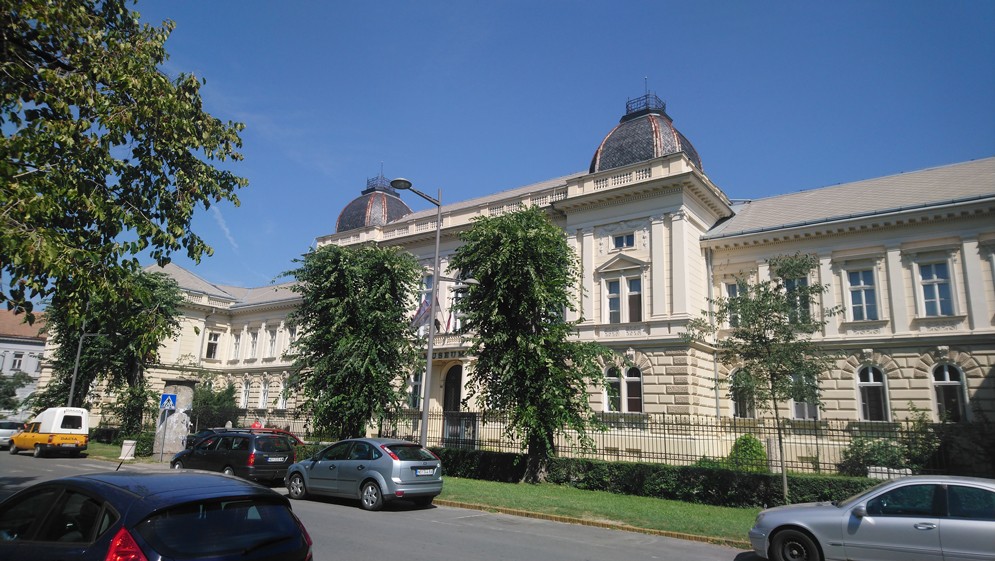
6. Museum of Vojvodina
The Museum of Vojvodina is a treasure trove of regional history and culture, offering visitors a comprehensive insight into the life and heritage of the people of Vojvodina. Founded in 1847, the museum houses an extensive collection that spans several millennia, from prehistoric artifacts to contemporary exhibits. Highlights include Roman-era relics, traditional folk costumes, and art pieces that illustrate the diverse cultural influences that have shaped the region. A visit to the Museum of Vojvodina is perfect for those interested in learning about the rich and varied history of this unique area in Serbia.
6. Matica Srpska Gallery
Matica Srpska Gallery is one of Novi Sad’s most esteemed cultural institutions, displaying a vast collection of Serbian art from the 18th to the 20th centuries. The gallery is part of Matica Srpska, the oldest cultural-scientific institution in Serbia, which relocated from Pest (now part of Budapest) to Novi Sad in 1864. The collection includes works by prominent Serbian painters, offering a deep dive into the country’s artistic evolution and national identity. The gallery is known for its elegant presentation and well-curated exhibitions, making it a must-visit for art enthusiasts and those curious about Serbian culture and history.
7. The Bishop’s Palace (Vladičanski Dvor)
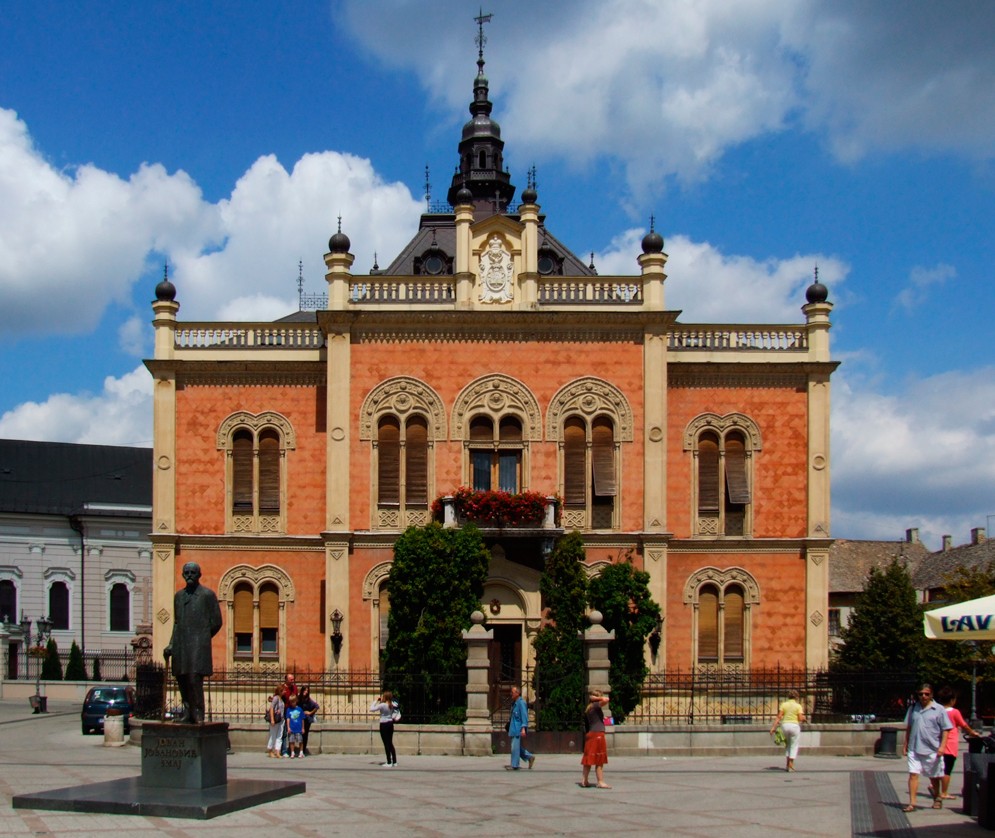
7. The Bishop’s Palace
The Bishop’s Palace, or Vladičanski Dvor, is a stunning example of early 20th-century architecture and an important cultural landmark in Novi Sad. Built in a mix of styles with Byzantine and Art Nouveau influences, the palace serves as the residence of the Bishop of Bačka. It is known for its striking red brick facade and intricate decorative details. While the palace itself is not open to the public, its exterior is a popular photo spot, and its location near other significant attractions makes it a convenient addition to any sightseeing itinerary. The Bishop’s Palace is a beautiful testament to the city’s architectural diversity and historical depth.
8. St. George’s Cathedral
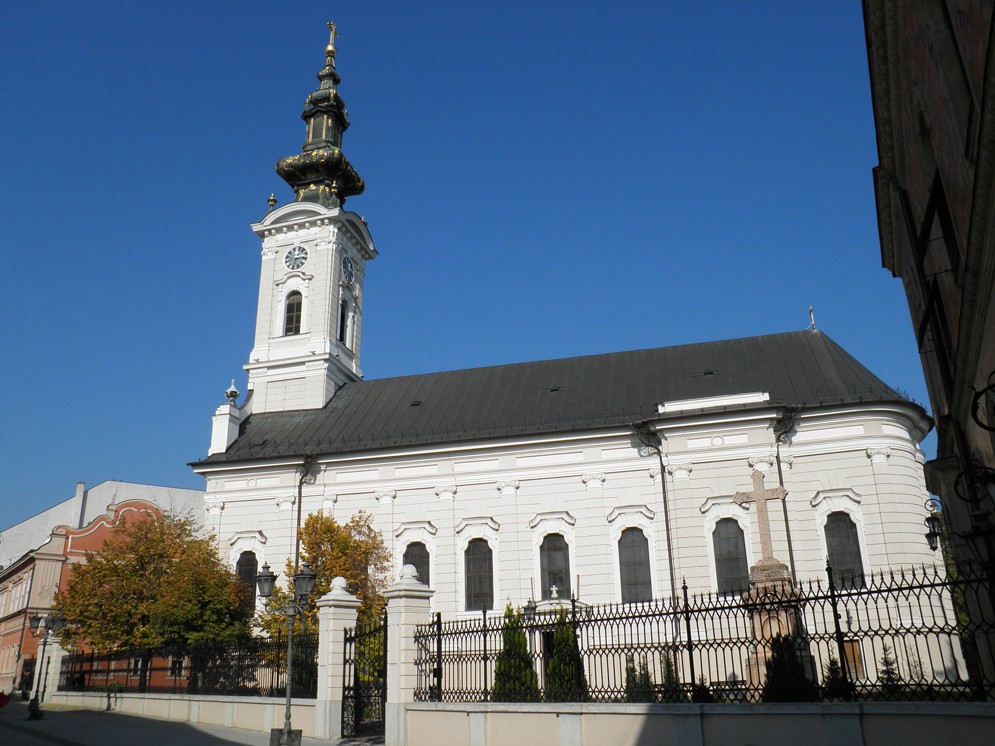
8. St. George’s Cathedral
Adjacent to the Bishop’s Palace stands the Serbian Orthodox Cathedral of St. George. Originally built in 1734, it was reconstructed between 1851 and 1853 after suffering damage during the 1849 revolution. The cathedral’s courtyard contains the Zavjetni Krst (Votive Cross), considered one of the oldest preserved monuments in the city, which originally stood in the city center.
9. Synagogue of Novi Sad
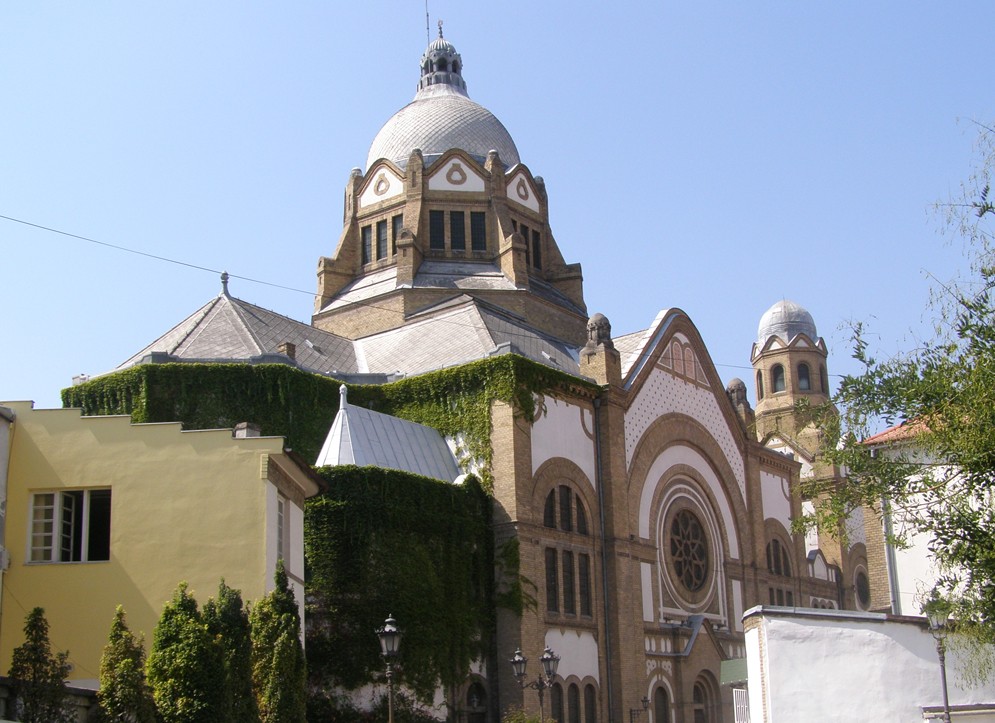
9. Synagogue of Novi Sad
Built between 1906 and 1909, the Synagogue of Novi Sad is an architectural gem that reflects the city’s diverse cultural heritage. Designed in the Hungarian Secession style, the synagogue stands out with its striking design and colorful stained-glass windows. Although it no longer serves as a place of worship due to the small size of the local Jewish community, it has been repurposed as a concert hall and cultural venue. Its excellent acoustics and beautiful interior make it a popular location for classical music concerts and other cultural events. Visiting the synagogue offers a unique perspective on Novi Sad’s multicultural history and its commitment to preserving diverse cultural landmarks.
10. Zmaj Jovina Street
Named after the popular poet Jovan Jovanović Zmaj, this vibrant pedestrian street is a favorite spot for both locals and tourists. It’s lined with numerous cafes, restaurants, and small hotels, making it the perfect place to experience the city’s relaxed atmosphere. At one end of the street stands a statue of Jovan Jovanović Zmaj. The street leads towards the Bishop’s Palace, an impressive red brick building with elements of Byzantine style, built between 1899 and 1901.
Other Information for Travelers
For those looking to explore beyond the main attractions, Novi Sad offers a range of experiences that cater to diverse interests. One of the highlights is Fruška Gora Mountain, a stunning national park located just a short drive from the city. Known as the “Jewel of Serbia,” Fruška Gora is perfect for nature lovers and adventure seekers alike. The park is home to dense forests, serene pastures, and a network of hiking trails that wind through its scenic landscapes. It’s also famous for its numerous monasteries, some dating back to the 15th and 16th centuries, providing a tranquil and historical backdrop for exploration. Additionally, the region is well-known for its vineyards and orchards, making it a great spot for wine tasting and sampling local produce.
Another must-experience event in Novi Sad is the EXIT Festival, one of Europe’s premier music festivals. Held annually at the Petrovaradin Fortress, EXIT has gained international acclaim for its diverse lineup that spans various music genres, including rock, electronic, hip-hop, and more. Since its inception in 2000, the festival has attracted visitors from all over the world, transforming the fortress into a vibrant stage with multiple areas, each offering a unique musical experience. The combination of world-class performances and the historical setting of the fortress provides an unparalleled festival atmosphere. Attending EXIT is not just about music; it’s about immersing oneself in a cultural event that reflects the city’s dynamic spirit.
For those who enjoy relaxing by the water, Štrand Beach is a popular local spot located along the banks of the Danube River. Known for its sandy shores and clear waters, Štrand Beach is a great place to unwind, swim, or engage in various recreational activities. The beach is well-equipped with facilities such as cafes, sports courts, and playgrounds, making it a family-friendly destination. In the summer, it becomes a lively gathering spot for both locals and tourists, offering a chance to soak up the sun and enjoy the laid-back atmosphere of Novi Sad.
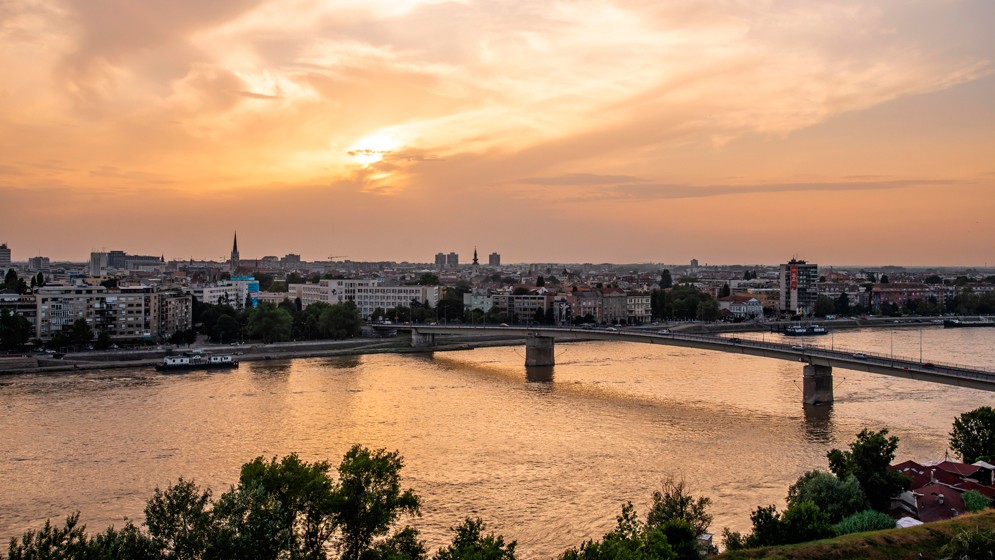
10. Varadín Bridge
For those interested in Novi Sad’s cultural scene, the Serbian National Theatre is worth a visit. Founded in 1861, it is the oldest professional theater in Serbia where performances were given in the Serbian language. The theater houses drama, opera, and ballet troupes, offering a diverse range of performances throughout the year.
Lastly, visitors should take note of Novi Sad’s unique art installations. One such example is the “Nose with Glasses” sculpture near the souvenir shop in Petrovaradin Fortress. This quirky artwork, created by local artists, offers an amusing optical illusion. When viewed from a specific spot marked on the cobblestones, the sculpture appears to transform into a face with an unusual hairstyle that changes with the seasons.
Novi Sad is a city that beautifully balances its rich historical heritage with a vibrant contemporary culture. It offers a unique and varied experience for every traveler. Whether you’re drawn to its tranquil parks, bustling squares, or the scenic banks of the Danube, Novi Sad invites you to discover a city where history, culture, and modern life come together in perfect harmony. As the “Serbian Athens” continues to evolve while preserving its charm, it stands as a testament to Serbia’s cultural richness and resilience.
- Photo by Lazar Gugleta on Unsplash
- Photo by Petrovaradin Fortress on Pixabay
- Photo by Dušan Tizić on Unsplash
- Photo by Maria Ivanova on Unsplash
- Andrija12345678, CC BY-SA 4.0, via Wikimedia Commons
- BekrijaSecurity, CC BY-SA 4.0, via Wikimedia Commons
- Pudelek (Marcin Szala), CC BY-SA 3.0 RS, via Wikimedia Commons
- Mister No, CC BY 3.0, via Wikimedia Commons
- Vanjagenije, CC BY 3.0, via Wikimedia Commons
- Photo by Petar Ubiparip on Pixabay
